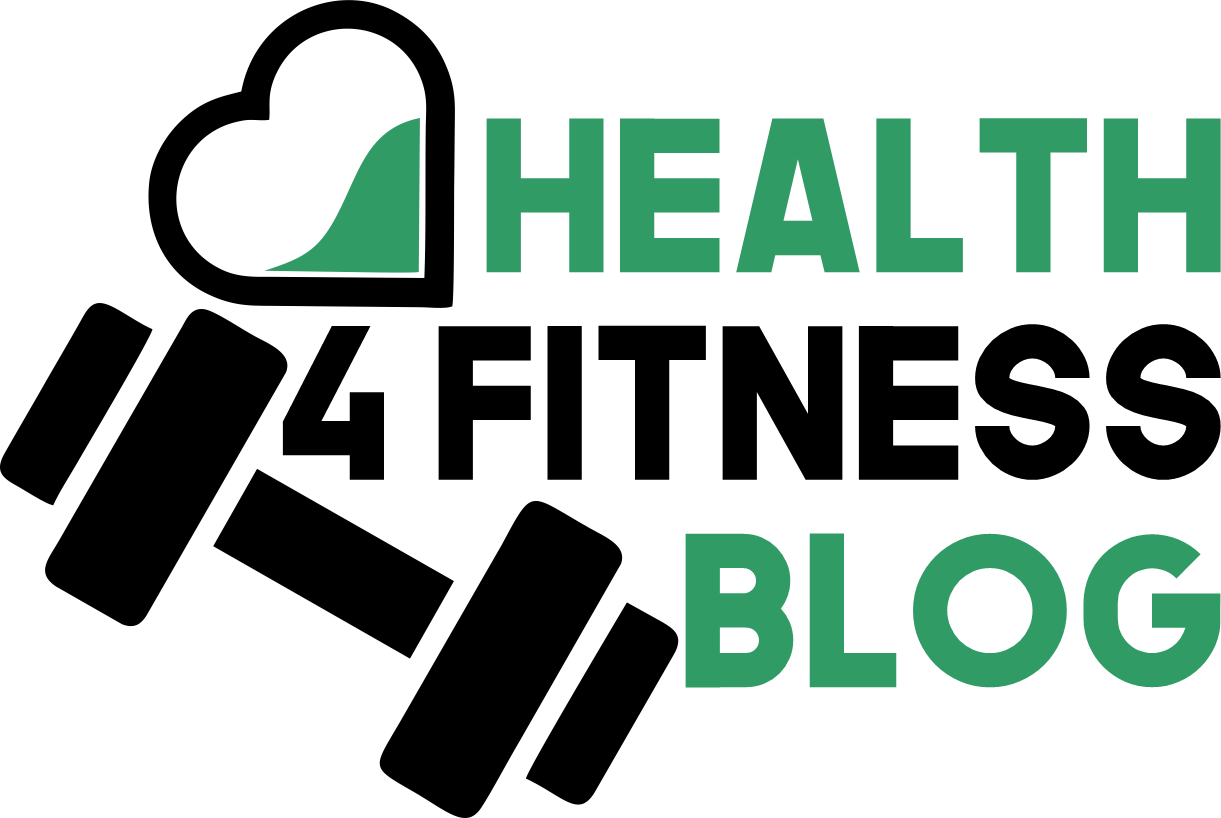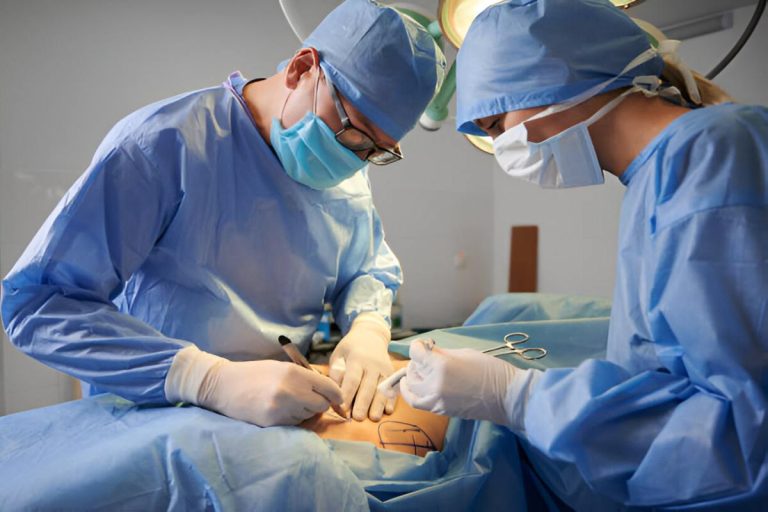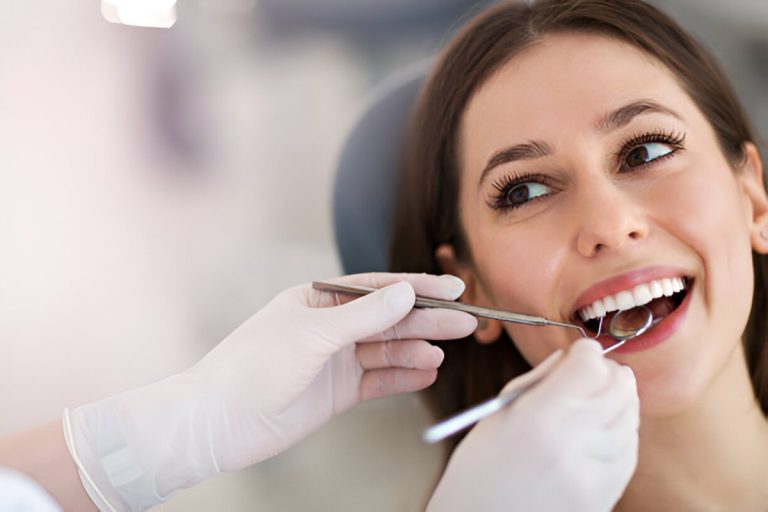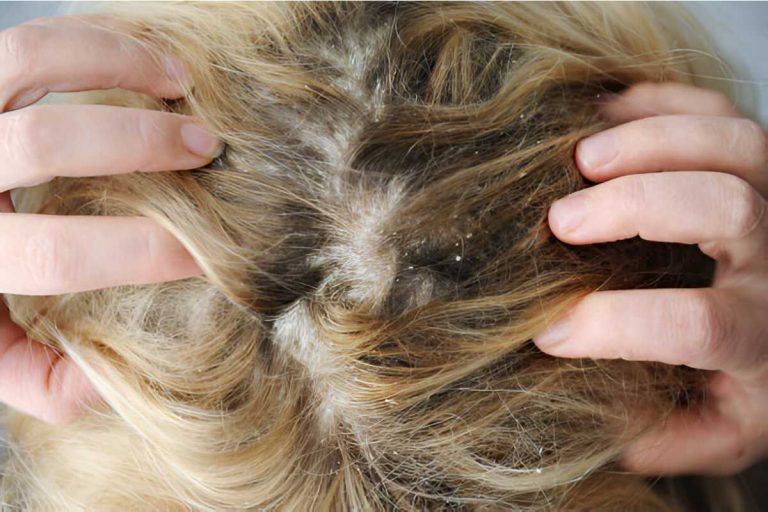In younger years, everyone hardly ever is overweight or has health problems. But the wrong diet during this period affects all organs that will make a person feel depressed in the future. Moreover, lots of fast carbohydrates, failure to observe the regime and the consumption of poor quality food impact student’s well-being during academic years. Let’s find out what 10 daily health tips are practical and effective for college students.
Table of Contents
1. Don’t Skip Breakfast
Big breakfast is the most important meal of the day. It fills you with energy for the whole day and speeds up the metabolic processes in the body. The best option for a rich breakfast is a plate of whole cereal flakes with milk or low-fat yogurt and a glass of freshly squeezed orange juice. The complex carbohydrates contained in whole cereal products help the body to produce serotonin, which will provide you with energy for the whole day.
2. Vary Your Diet
The products contain a variety of food combinations, but no product that can meet the body’s needs for all nutrients. Most of the food needed by the body is contained in sufficient quantities in foods of plant origin. Therefore, a student’s diet should be as diverse as possible, and keeping a special diet like vegetarianism, for example, could be possible only after the doctor’s recommendation.
3. Eat Regularly
Plan your day to have time to eat at least three meals a day to avoid overeating that can be caused by long breaks between meals. You can eat fruit and vegetables, nuts and seeds, and yogurt between meals. Keep in mind that a cup of coffee, juice or cookies that you have drunk or eaten between meals are also considered food. The last big meal depends on when you go to bed, but usually, dinner should be no later than 7:00 p.m. You should not go to bed on an empty stomach. If you feel hungry, you can have a little snack no later than a couple of hours before going to bed.
4. Avoid Eating Food Fast
Most students fall into the trap of cheap menus by buying food from the nearest fast-food restaurants. As a result, they get not only increased fatigue but also weight gain. Fast food doesn’t have any valuable nutrients and is a real bomb of calories, fats and sugars, which are very harmful to your heart.
5. Drink Enough Water
Being busy with classes, workshops, parties and part-time jobs, a student doesn’t think of drinking enough fresh water every day. Even if you are crazy about fizzy drinks, you should remember that water is the vital drink contributing to good body function. If you often feel a breakdown, it could be due to the lack of liquid in your body, so when you leave home, take a bottle of clean water.
6. Consume Less Sugar
Don’t believe TV commercials. They promise that a cup of yogurt can give you energy for the whole day! It’s not true. Some cups of yogurt may contain about 40 grams of sugar, and a 500 ml bottle of soft drink may contain more than 50 grams of added sugar. If you consume such products, you can no longer eat sugar and other sweets on the same day. Remember that soft drinks do not quench your thirst. Water is the best option to do it. Instead of sweets and cakes, eat fresh or dried fruit for dessert.
7. Count the Amount of Salt
We consume extra salt against our will with canned and cooked food. In fact, we get enough salt from everyday foodstuffs such as bread, cheese and ham. As long as you strive to use less salt, look for less salty alternatives among similar products and give preference to products that you cook yourself from fresh ingredients rather than purchased food. While cooking, you can use spicy herbs and other seasonings instead of salt.
8. Don’t Eat on the Run
A bun or candy bar can ruin the healthy effect you are reaching if you are balancing on the caloric border. Subconsciously, we do not count snacks as meals, and as a result, your body will ask you to feed it again.
9. Don’t Eat During Intellectual Work
The harm of eating before or during a sports workout has long been a common truth: a tense body cannot digest food during exercise. However, people got used to thinking that it’s not so dangerous to eat during mental activity. The body gives 70% of its energy to brain activity, and it’s even more than while doing sports exercises. If you decide to have lunch while making an important report, the food will not be absorbed and will remain like fat on your body. You’d better leave a request “Do my homework for me online, please” on the writing platform and eat in peace.
10. Take Magnesium
Certainly, the last thing you keep in your mind during the exams is a proper diet. Right at this moment, your body needs vitamins and trace elements you can replenish by diversifying your menu. For example, spinach, pumpkin seeds, almonds and beans are very rich in magnesium, so don’t forget about it, especially if you’re stressed. The lack of magnesium leads to increased fatigue and headaches.








